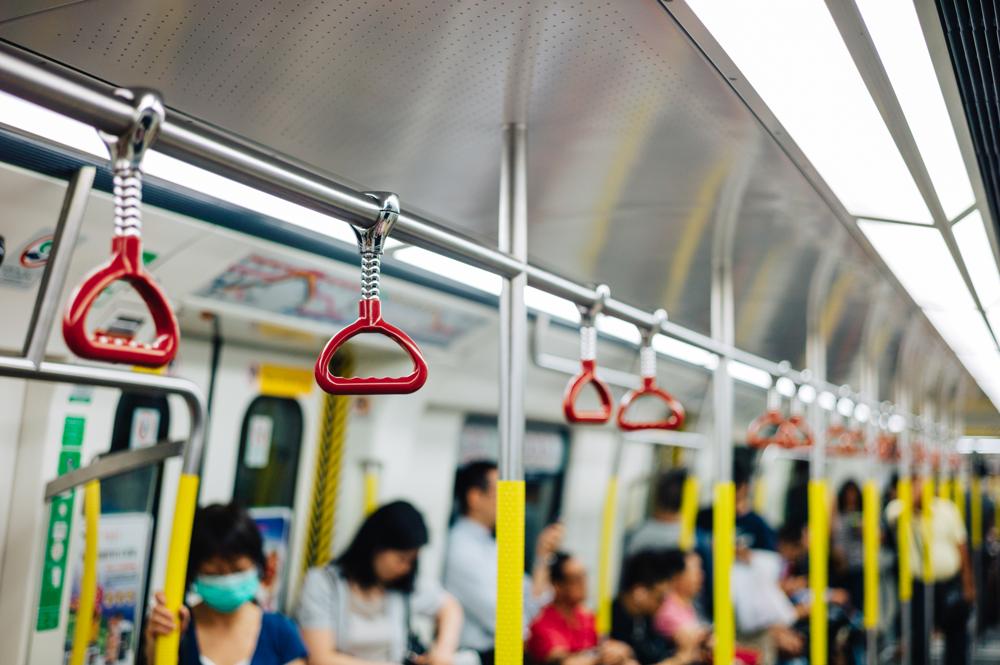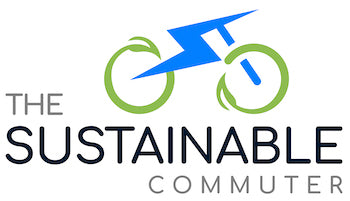
Public Transportation Reduces Traffic Congestion
Share
Introduction
Traffic congestion is a growing problem in many cities around the world. It is characterized by slow-moving or stationary traffic, long delays, and increased travel times. Traffic congestion not only wastes time and fuel but also has negative impacts on the environment and people's well-being. However, there is a solution that can help alleviate this problem - public transportation. In this blog post, we will explore the role of public transportation in reducing traffic congestion and discuss its many benefits.
Benefits of Public Transportation
One of the primary benefits of public transportation is the reduced number of private vehicles on the road. When people choose to take public transportation instead of driving their cars, it helps to decrease the overall number of vehicles on the road, thereby reducing traffic congestion. In addition, public transportation systems have a higher capacity than individual vehicles, which means they can transport more people at once. This helps to alleviate congestion during peak travel times.
Another advantage of public transportation is the improved air quality it brings. Private vehicles contribute significantly to air pollution, emitting harmful gases and particles into the atmosphere. By encouraging people to use public transportation, we can reduce the number of cars on the road and, consequently, decrease air pollution. This has a positive impact on the environment and the health of individuals living in cities.
Sustainable Transportation Options
Public transportation is not the only sustainable transportation option available. Cycling and walking are also viable alternatives that can help reduce traffic congestion. Cycling is not only a great form of exercise but also an eco-friendly mode of transportation. It takes up much less space on the road compared to cars and can easily maneuver through traffic. Walking, on the other hand, is a sustainable option for short distances. Encouraging people to walk or bike instead of driving for short trips can significantly reduce traffic congestion and improve overall mobility in cities.
Planning and Design of Public Transportation Systems
The planning and design of public transportation systems play a crucial role in their success. A leading public transportation provider, such as [Company Name], understands the importance of creating an efficient and reliable system. They focus on integrating different modes of transportation, such as buses, trains, and trams, to provide a comprehensive network that covers various areas within a city.
However, integrating emerging technologies into public transportation infrastructure can be challenging. The rapid advancement of technology brings new opportunities and challenges for public transportation providers. For example, the introduction of electric buses and autonomous vehicles has the potential to revolutionize public transportation. However, implementing these technologies requires careful planning and investment in infrastructure.
Advantages of Public Transportation
One of the advantages of public transportation is the efficient use of space. A single bus or train can transport a large number of people, reducing the need for multiple cars on the road. This helps to free up space and reduce congestion. Additionally, public transportation systems are designed to provide frequent and reliable service, ensuring that people can reach their destinations in a timely manner.
Public transportation also reduces dependency on private vehicles. Owning and maintaining a car can be expensive, and not everyone can afford it. By providing an affordable and accessible alternative, public transportation allows people to save money and reduce their reliance on cars. This, in turn, helps to decrease traffic congestion and the associated problems.
Furthermore, public transportation increases mobility for all individuals, regardless of their socioeconomic status. It provides a means of transportation for those who cannot afford a car or those who are unable to drive due to age or disability. By offering equal access to transportation, public transportation systems promote inclusivity and ensure that everyone can participate in economic and social activities.
Conclusion
In conclusion, public transportation plays a vital role in reducing traffic congestion in cities. By encouraging people to use public transportation instead of driving their cars, we can reduce the number of vehicles on the road and alleviate congestion. Public transportation also offers many benefits, such as improved air quality, efficient use of space, and increased mobility for all individuals. However, it is important to continue exploring and investing in sustainable transportation solutions to create a more environmentally friendly and efficient transportation system. So, next time you need to get around, consider using public transportation and contribute to reducing traffic congestion in your city.
